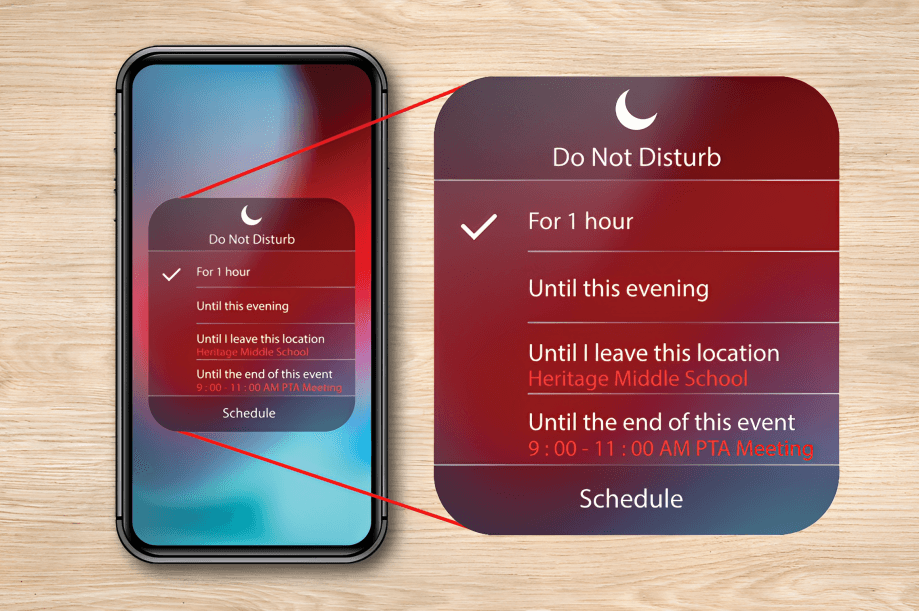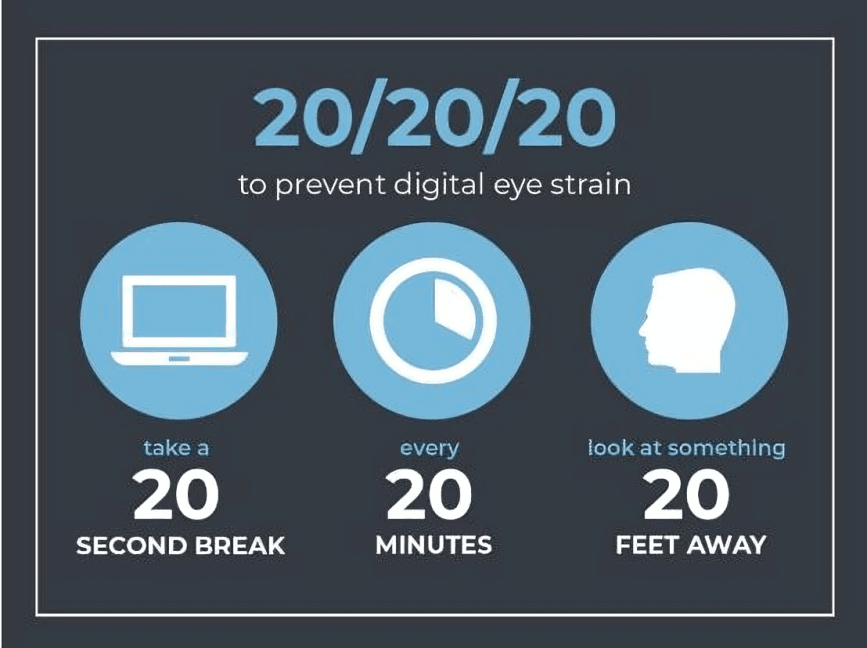
“
Overcoming smartphone & screen addiction is crucial for improving both mental and physical health. With the constant pull of devices, breaking free from excessive screen time can lead to better focus, reduced stress, and a more balanced lifestyle.1
1
”
Setting clear limits on smartphone use can help reduce screen addiction. By allocating specific times for phone activities, people can prevent themselves from falling into endless scrolling habits. 1
Engaging in offline activities, such as reading, exercising, or spending time outdoors, provides a refreshing break from screens and reduces dependency on smartphones for entertainment or social interaction. 2

Digital detox days can be highly beneficial for overcoming smartphone addiction. Taking scheduled breaks from screens allows the brain to recharge and improves overall mental well-being and focus.
Establishing phone-free zones, like the bedroom or dining room, encourages healthier habits. These areas help individuals create boundaries between their personal space and screen time, promoting better relaxation. 3
Using apps that track screen time and set usage limits can help people become more aware of their smartphone habits. Tracking usage motivates individuals to reduce their screen time gradually. 4
Replacing screen time with hobbies such as painting, cooking, or gardening not only reduces dependence on smartphones but also enhances creativity and provides a sense of accomplishment and joy. 5
Practicing mindfulness techniques, like meditation, can reduce stress and anxiety caused by excessive screen time. Mindfulness helps individuals regain control over their habits and stay present. 6
Seeking support from friends or family when trying to reduce screen time can be helpful. Social accountability encourages people to stick to their goals and reinforces positive behavior changes. 7
Avoiding using smartphones as soon as waking up or before bedtime helps promote healthier sleep cycles. Exposure to blue light from screens can disrupt circadian rhythms, impacting sleep quality. 8
Prioritizing face-to-face interactions instead of texting or using social media creates deeper connections. Spending quality time with loved ones strengthens relationships and reduces the need to constantly check your phone. 9

Using the "Do Not Disturb" feature or enabling airplane mode during focused work sessions can reduce distractions. This simple step helps individuals stay productive and overcome the urge to check notifications.
Setting specific goals for smartphone use, such as limiting social media checks to a certain number of times per day, can help curb mindless scrolling and encourage more purposeful phone usage. 10
Decluttering the home screen by removing distracting apps can reduce temptation. A simpler phone layout with essential apps encourages users to spend less time browsing and more time on productive tasks. 11
Replacing smartphone notifications with reminders for personal goals, such as exercising or taking breaks, can redirect focus. Customizing phone alerts for positive actions rather than distractions. 12
Practicing gratitude by keeping a journal or expressing appreciation helps shift focus away from the constant desire for new digital experiences. This habit reduces the tendency to mindlessly check phones. 13
Establishing phone-free activities, like family game nights or outdoor adventures, fosters stronger bonds and helps individuals disconnect from the digital world. These experiences create lasting memories. 14

Implementing the 20-20-20 rule, where you take a 20-second break every 20 minutes of screen time and look at something 20 feet away, can help reduce eye strain and improve focus.
Enabling grayscale mode on your smartphone reduces visual appeal and minimizes the addictive nature of colorful apps. The absence of bright colors can lessen the desire to constantly interact with the phone. 15
Practicing deep breathing or engaging in light exercise when feeling the urge to check your phone helps shift focus. These activities calm the mind and reduce the craving for screen time. 16
Changing the habit of mindlessly reaching for the phone by incorporating small changes, like placing it in another room, helps break the cycle of addiction and encourages more intentional phone use. 17


